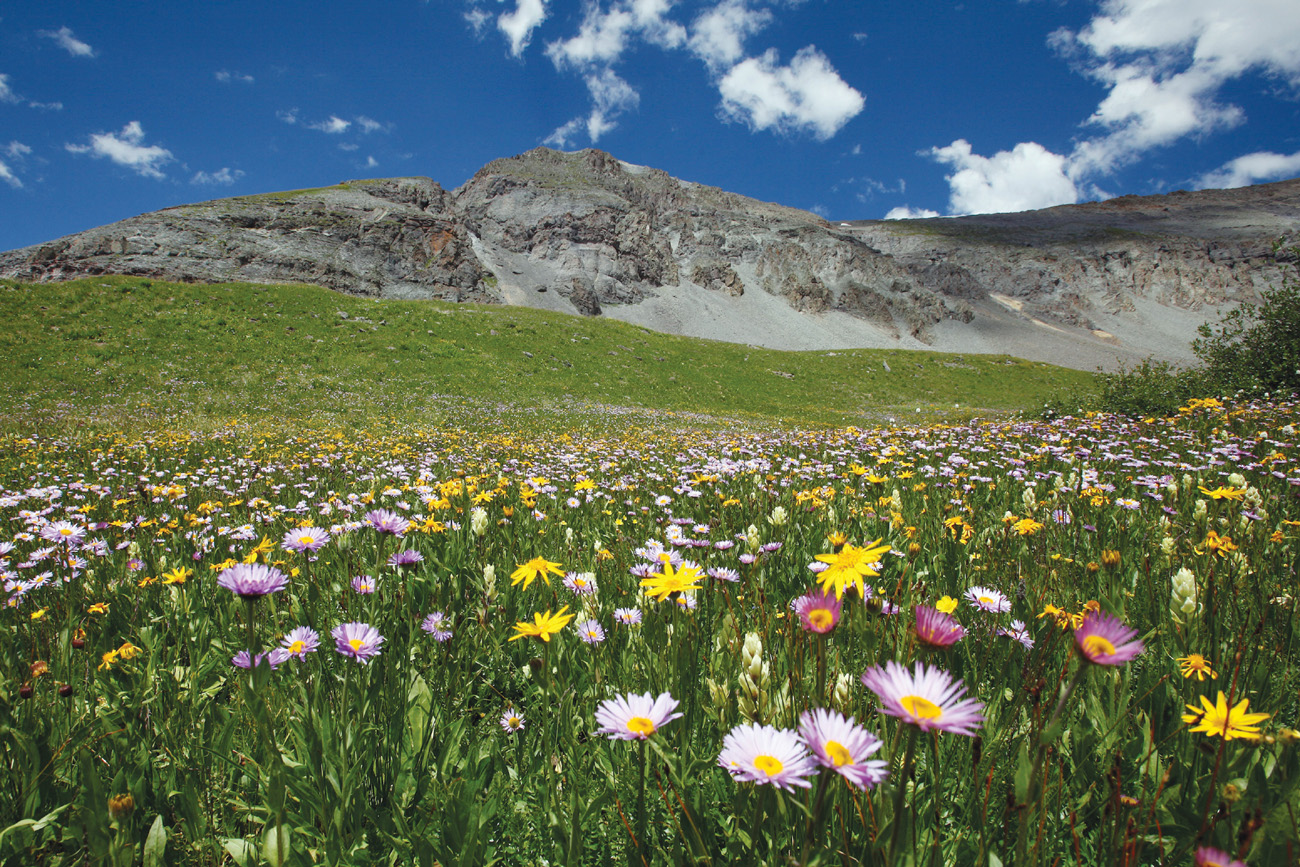CHAPTER 47 INTRODUCTION
47-1
CORE CONCEPTS
47.1 The niche is the ecological role played by a species.
47.2 Competition, predation, and parasitism are antagonistic interactions in which one species benefits at the expense of another.
47.3 In mutualisms, the benefits to both species outweigh the costs of participation.
47.4 Communities are shaped by the evolved features of organisms, which shape the interactions with other organisms and with the physical environment.
47.5 The cycling of materials and the flow of energy through ecosystems reflect the ways in which organisms interact in communities.
47.6 Biomes are broad, ecologically uniform areas distinguished by their climate, soil, and characteristic species.

The chocolate tree, Theobroma cacao, known simply as cacao, is native to tropical America. Cacao grows where the environment is consistently warm and humid. Physical environment alone, however, does not determine where cacao can live. Cacao reproduction, and ultimately distribution, is limited by the requirement that tiny flies called midges pollinate them. The midges’ eggs and young need deep shade and a thick layer of moist rotting vegetation, whether from the natural fall of leaves onto the forest floor or from banana plants left to decay in cacao plantations. The midges’ needs mean that cacao cannot reproduce in areas with full sun or on clean ground that otherwise would support their growth—at least not without human help. The natural distribution of cacao plants, therefore, depends on interactions with both the physical environment and other species.
The reliance of chocolate trees on midges is not unusual. Every species interacts with other species in ways that affect growth and reproduction. These other species may be the insects that help a plant pollinate its flowers or ones that eat its leaves. They may be a fungus that helps a tree gain nutrients or another that attacks it. They may be other species that compete for resources, predators and pathogens that reduce population size, prey species that provide a specialized food resource, or microbes that provide or take nutrients while living inside their hosts (Case 5: The Human Microbiome). Associations among species, whether positive, negative, or neutral, form a complex web of interactions in which each species influences the population size and distribution of other species, whether they are partners, enemies, or food.
In this chapter, we explore interactions that shape the distributions of populations and, therefore, the composition, diversity, and flow of material and energy in communities. We also discuss how adaptations to the physical and biological aspects of habitats result in the stunning variety of ecosystems seen around the world, from the poles to the tropics.